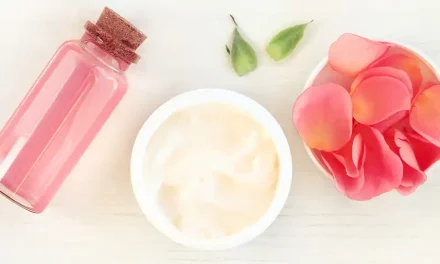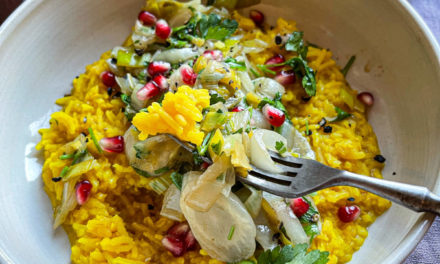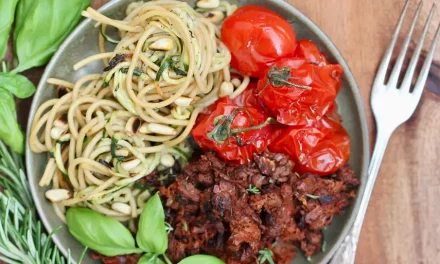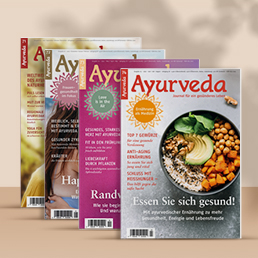We live in a time when women of all ages are increasingly turning to natural methods to maintain their hormonal balance. At the same time, an increase in hormonal imbalances can be seen across all age groups. One of the nutritional trends that has become prevalent in the field of natural hormone balancing over the past two years is “seed cycling.” This article highlights the Ayurvedic perspective on the trending topic and explains if and how the targeted use of seeds can help us harmonize the female cycle.
What is Seed-Cycling?
In the Seed Cycling nutrition trend, the intake of seeds, such as flaxseed, sesame, sunflower and pumpkin seeds, is matched to each half of the cycle. It is believed that consumption of these can promote a balance of estrogen and progesterone during a monthly cycle. Thus, disorders such as absent, irregular, heavy or painful bleeding, PMS, hair loss, skin problems and restlessness should be reduced. They can also be of balancing effect in mild symptoms during menopause.
Effect of seeds in Ayurveda
In Dravyaguna, Ayurvedic herbalism, we find a variety of flowers, fruits and seeds that support women in their hormonal balance. Traditional Ayurvedic nutrition can also be used specifically to support female reproductive organs and to promote and maintain the suppleness of their tissues. From lack of menstruation to painful bleeding to distressing symptoms during menopause, there is a herb – or seed – for many hormonally related ailments.
In Ayurveda, seeds are considered brimhana – nourishing and invigorating – and are among the most valuable foods of all. They are usually sweet in their basic taste and carry the elements earth and water. In addition, they are considered sattvic and are relatively easy to digest in moderation and in the appropriate preparation.
Because of these special properties, many seeds are considered tonic and have a positive influence on all dhatus (tissues). Especially the rasa dhatu, which is related to the uterus and ovaries, is nourished by the ingestion of seeds, directly strengthening the “fertile soil” of every woman. For the maintenance of the female reproductive organs, flax and hemp seeds, sesame seeds, and pumpkin and sunflower seeds are especially valued in traditional gynecology. Interestingly, the seeds of seed-cycling are thus precisely found here.
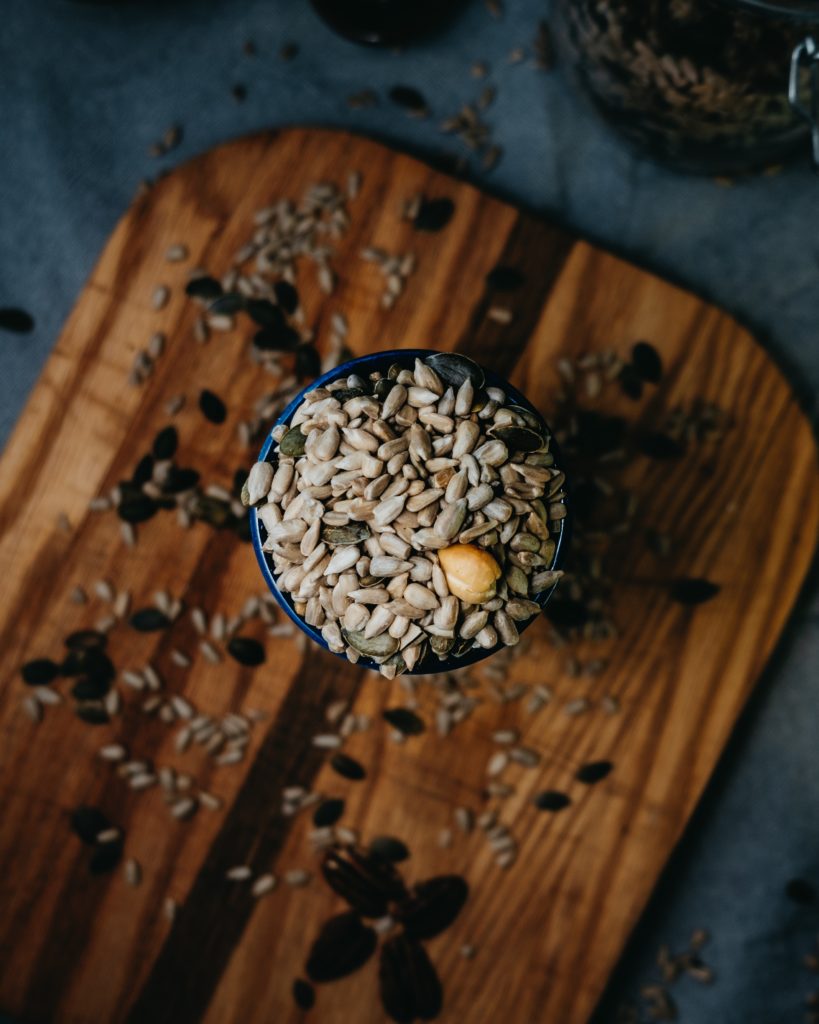
The Ayurveda Super Seeds
Linseed, sesame, sunflower and pumpkin seeds – in addition to their sattvic and restorative quality – are attributed different characteristic properties.
Linseed (also flaxseed)
bears the name uma in Sanskrit. Uma is also known as the Hindu goddess Parvati, she represents inner radiance, the “glow”, fullness and beauty. Linseed has warming and moisturizing properties, has a mild laxative effect and thus reduces vata in the abdomen. It is particularly rich in antioxidants and omega-3 fatty acids and strengthens skin and hair.
Sesame
also tila, is considered an offering in the worship of male deities in Hinduism and is a popular rasayana and aphrodisiac in Ayurveda. Sesame seed alleviates Vata and strengthens Pitta and Kapha. It is supportive of the heart and bones, can support “sattvic tissue” in the absence of bleeding and strengthen the nervous system thanks to the vitamin B it contains.
Cathal Mac an Bheatha from Unsplash
Sunflower seeds
also varada, means, among other things, goodness. The seeds have a balancing effect on all doshas, only in high quantities they can increase Kapha. They have a significant amount of folic acid, magnesium, selenium and zinc – all essential nutrients for female hormone balance.
Pumpkin seeds
also Kushmaandi, as a form of the goddess Durga (here: bringer of peace). The seeds are suitable for all doshas and are traditionally used for physical and mental problems in menopause, absence of menstruation, bladder problems and depression. They contain proteins, magnesium, selenium and tryptophan and are of mood-lifting, lactic as well as sleep-promoting effect.
Here’s how it works:
The female cycle is composed of two phases: the follicular phase and the luteal phase, each lasting about 14 days.
The follicular phase begins with the first day of menstruation and lasts until ovulation; during this time, estrogen is the driving hormone. Due to the phytoestrogens they contain – also called lignans – pumpkin seeds and ground flax seeds are recommended during this phase. The plant estrogen largely corresponds to the body’s own hormone and can therefore be used to build up estrogen. The seed combination can be extended by hemp and chia seeds.
The luteal phase begins with ovulation and lasts until the start of the next menstruation. In this second phase of the cycle, the progesterone balance rises sharply. Sesame seeds and sunflower seeds can be used now, as they stimulate progesterone production.
A proper balance of the fertility hormones estrogen and progesterone is essential for a healthy cycle, as well as for mental balance and fertility preservation.
Recommended intake: One teaspoon of each seed per day.
Super seeds as topping or healthy snack
Just like nuts, seeds in large quantities can be quite heavy for the digestive fire. They are meant more as a snack or topping for a porridge, seasonal curry or evening soup that still needs a special touch.
I personally add ground flaxseed to my porridge every morning for the first half of the cycle. The pumpkin seeds I usually eat in the afternoon – already pre-roasted – directly from my pumpkin seed jar. For the second half of the cycle, I roast both seeds in equal parts and currently prefer to mix them together with dried cherries, Brazil nuts and a pinch of nutmeg.
Other preparation options: Granola, energy balls or bars, seed jam.
Happy Balance!
Seed-Cycling is a natural means of uncomplicated support for women with hormonal fluctuations. In general, Seed-Cycling can strengthen resistance, energy and vitality. The effect on hormone balance has not yet been sufficiently researched and proven scientifically. Phytoestrogens should be avoided in the case of tumor diseases, which react to hormonal stimuli.

 Maddi Bazzocco from Unsplash
Maddi Bazzocco from Unsplash 